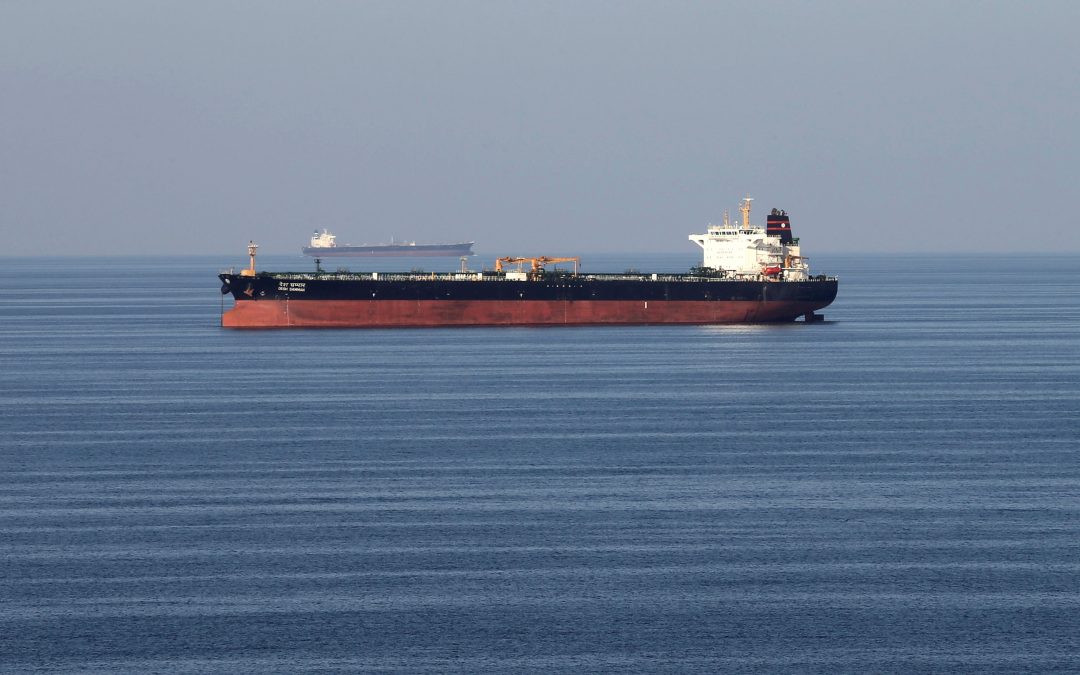China’s imports of Russian oil have been steadily growing, replacing Iranian crudes. In its latest weekly report, shipbroker Xclusiv said that “as the world economy is entering the second year of the Russian invasion in Ukraine, the US & EU place more and more sanctions against the Russian Economy. The sanctions have significantly affected the trade between EU and Russia as the European Union has imposed import and export restrictions on several products. Russia’s share in both EU imports and exports has dropped from 9.5% to 4.3% and from 4% to 2% respectively. As trade with Russia is being gradually replaced by other trade partners Russia’s share in EU imports for six key products, namely, coal, natural gas, fertilisers, oil, iron and steel has strongly decreased. In particular, the largest reductions have been recorded for coal (from 45% in 2021 to 22% in 2022), natural gas (from 36% to 21%), fertilisers (from 29% to 22%), petroleum oil (from 28% to 21%) and iron & steel (from 16% to 10%). The EU has replaced all three pipeline, road and seaborne trades from Russia solely with seaborne trade from other continents, giving a boost to shipping industry. The USA has overtaken Russia as the EU’s largest seaborne trade partner, as imports of liquefied gas, coal and crude oil from the East Coast of U.S. rose by 87.7%, 85.4% and 64.6%, respectively, during the April-June period, compared with the same quarter of 2021”.
According to Xclusiv, “in the tanker market, most of the non-oil producing countries are still trying to find a balance within the new shaped trade environment. BDTI has a weekly increase of 10.8% at 1,483 points mark, while the BCTI has lost 17.4%, dropping down to 789 points. China’s small independent refineries doubled their fuel oil imports for the month of February amid good refining margins and tight supply of the alternative feedstock bitumen blend. At the same time multiple sweet crude cargoes loaded from Russia’s North-western Arctic region are moving towards China’s independent refineries which are keen to embrace the discounted Russian crude.
It is indicative of the change in the Chinese market that inquiries for Urals have been growing and demand for Iranian cargoes has been slipping as a result of the Russian attractive price tags and offers. In March feedstock imports by China’s independent refineries most likely will remain subdued on some scheduled maintenances and a significant government meeting during which refiners typically control their run rates. On the other side of the Atlantic the latest data in the EIA report showed that US inventories rose by 7.6 million barrels to 850.6 million in the week ending February 17th, the highest level since September”.
Meanwhile, “leaving markets behind, we take a look at the orderbook and the shipyards. From 2009 to 2021, the number of vessels in the orderbook of bulk carrier, tanker, gas and container segments (vessels >=10,000 DWT) was reduced significantly (around 73% down), impacting also in the number of shipyards. In the years before 2008, many yards expanded rapidly in response to newbuilding high demand which reached its peak in 2008-2009, just before the financial crisis eruption. However, 2021’s firm Bulk Carrier, Container and Gas market levels, created an excessive demand of new orders, which resulted in the reopening of yards that had been closed down in the prior decade. Worth noting, that during the last 18 months, the dry bulk’ and container’s orderbook have increased by 34% and 122% respectively, while tanker’s orderbook is almost 30% down. Since September 2021, we have witnessed a 28% increase in the number of yards with at least one vessel (bulker, tanker, gas carrier, container) above 10,000 dwt on order, with China’s yards increasing by 37% and Japan’s by 24%. However, the shipbuilding capacity is more than 55% lower than the peak of 2008 when the vessels above 10,000 dwt on order were almost 8,000, comparing to today’s orderbook of just below 3,000 vessels”, Xclusiv concluded.
Source: Hellenic Shipping News





